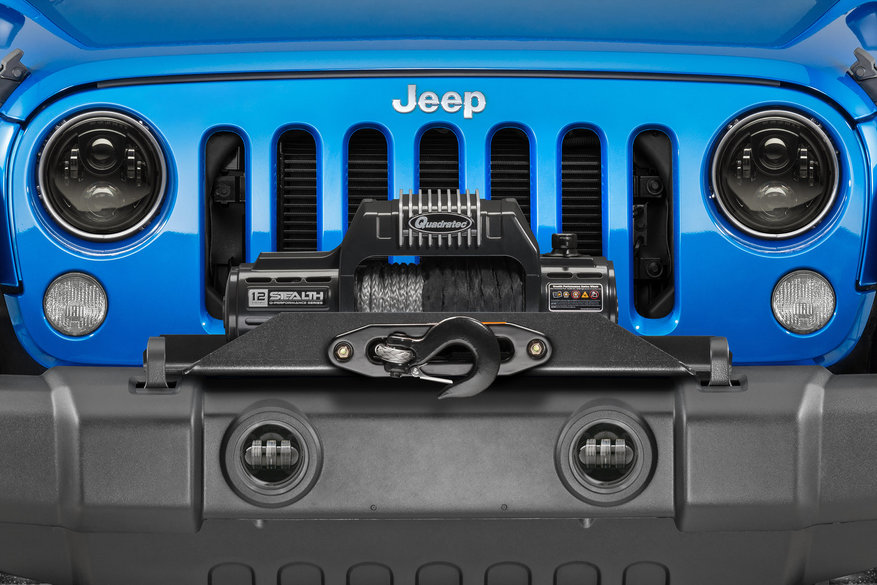by Scott Ammerman
Senior Torque Correspondent
When planning out modifications for a Jeep, some of the larger ticket items really require a little bit of introspection before making that buying decision.
One of those items that people really seem to like, but are not sure if they really need, is a Jeep winch. And although a winch does add a little bit of “ruggedness” to the appearance of your Jeep, assessing that actual need is a little more difficult.
While any serious off-road setup should include a winch, it has to be balanced with other items that are designed to keep you from getting stuck in the first place, like off-road tires or an upgraded suspension.
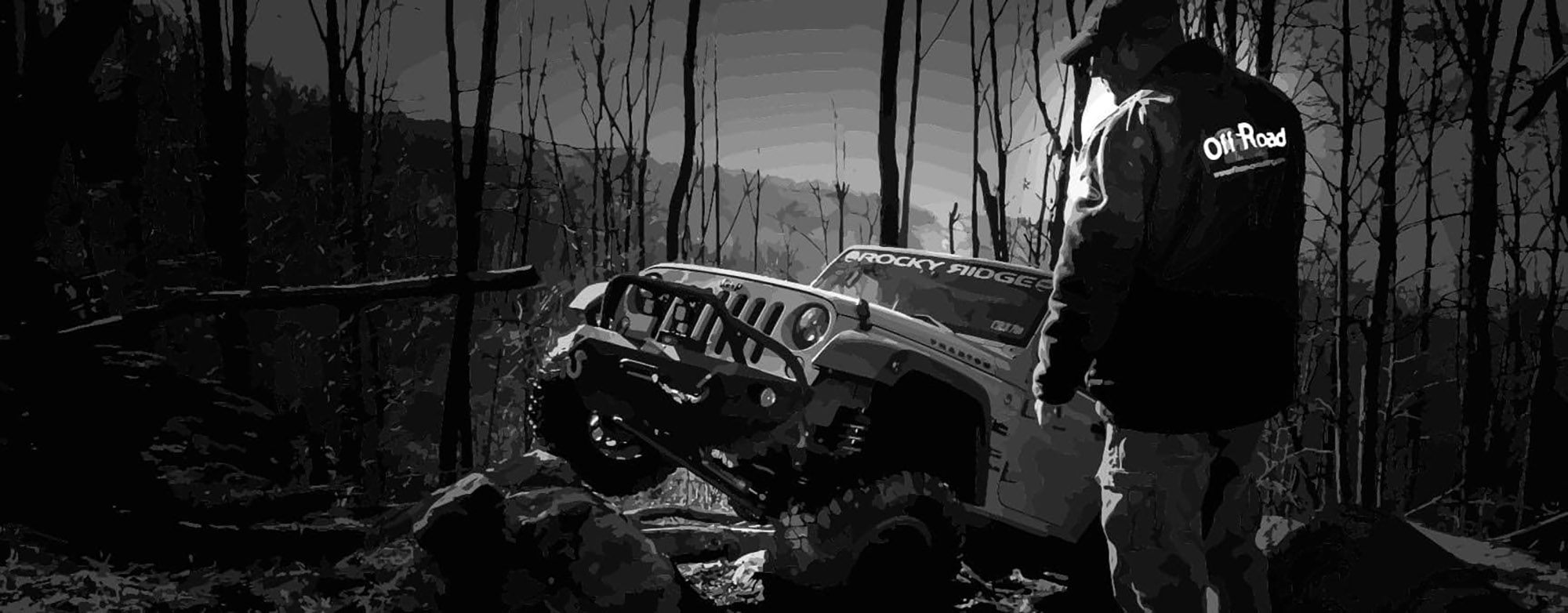
Kyle Buchter, owner of the Pennsylvania-based Off Road Consulting and Driving Instruction, relies on his winch frequently, due to his profession as a driving and recovery instructor, but notes that not everyone “needs” a winch.
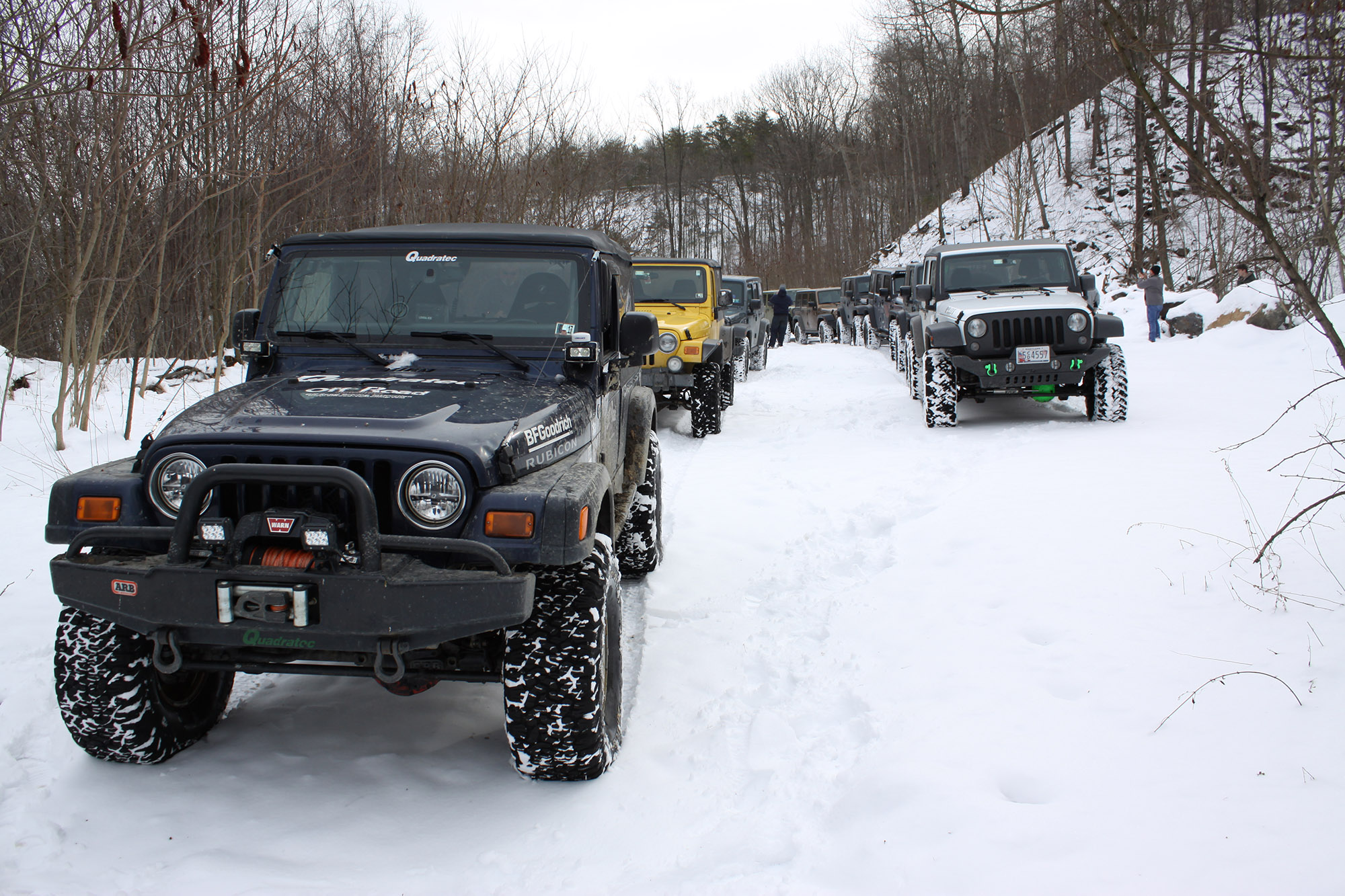
“This depends on what they are doing with their vehicle. If it is a daily driver and their profession or family doesn't require driving in any type of terrain that could get the vehicle stuck, then it may not be a requirement,” he said. “If the vehicle is used for recreational purposes or driven off the road, or in snow at any point, then having a winch could easily become an asset.”
For many Jeep owners who spend a lot of time off-pavement, a winch is used to add a measure of safety to any journey on the trails. Even then, though, there can be a few misconceptions about winch ownership.
The first; “You only need a winch if you plan on getting stuck!”
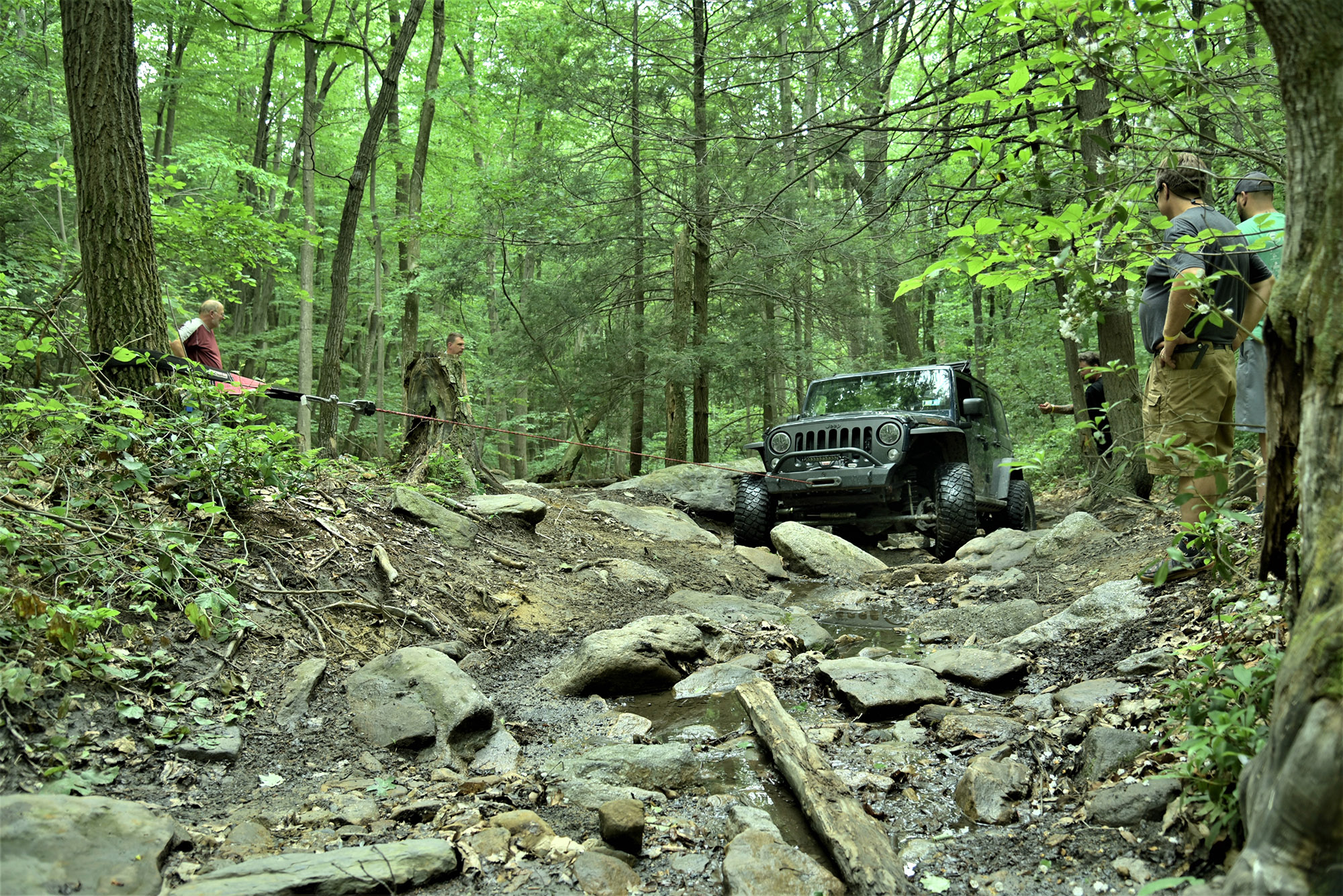
Well this one is a little on the humorous side, but you can see why someone might think this way. However, no one plans plans to get stuck. Sometimes things just happen. And it doesn't necessarily have to happen on some crazy obstacle, either.
While we needed to use a winch on another vehicle to get this Jeep back on the trail — it wasn’t even an obstacle creating the problem. A slick moss-covered rock in Maine caused a little slide to the side, even though the Jeep had some of the best mud-terrain tires available.

Sometimes you don't even need to be stuck to see the benefits of a winch. It can be a helpful tool to get up a steep hill if traction is at a minimum. This incline was on Chili Trail in Bethel, Maine at the Maine Mountains Jeep Jamboree. It caused a lot of trouble for several Jeeps, but not really because they were getting stuck.
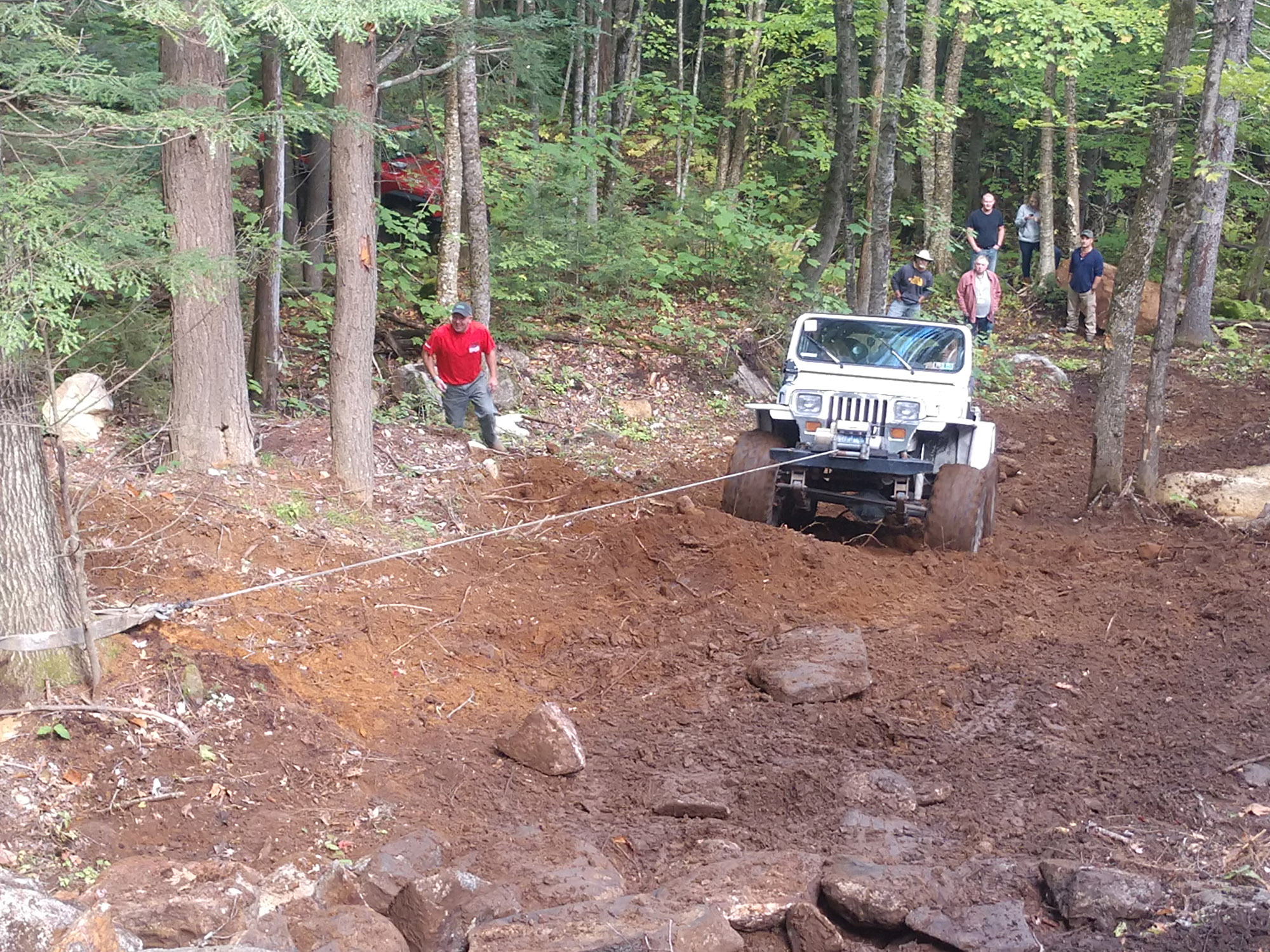
Another winch misconception; “I don’t need a winch, all of my friends already have all the recovery gear I will ever need.”
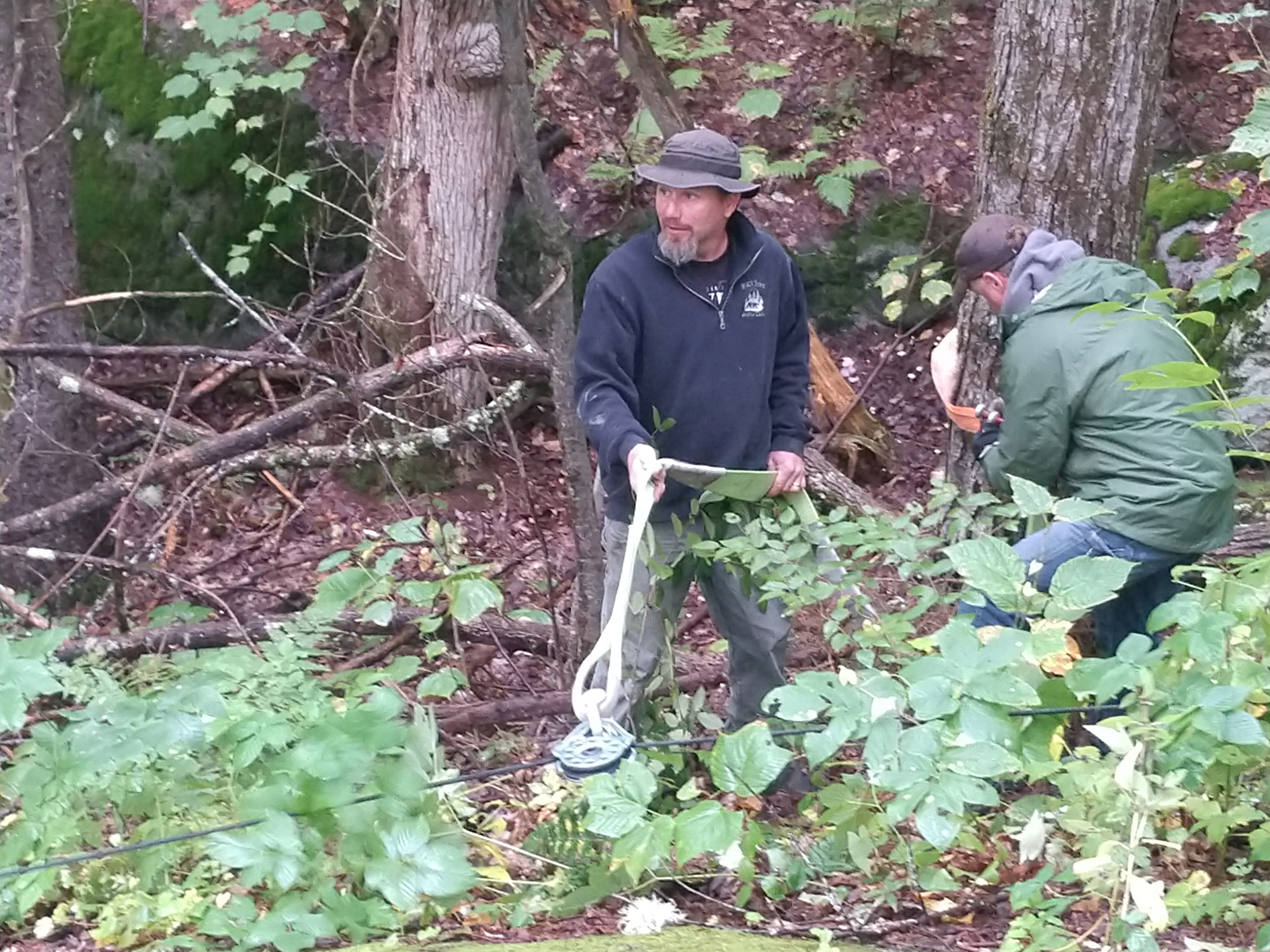
It may be true your friends have all that stuff, and having recovery gear in your trail group is always a good idea, but there are lots of situations where using a winch attached to the front of your vehicle is the easiest way to get out of a jam.
For example, if you do end up stuck in an obstacle that is a little on the longer side, getting another vehicle turned around to pull you forward can be downright difficult or even unsafe.
Additionally, if you find yourself in a recovery situation, you can’t always trust the right piece of gear will be in the Jeep either in front or behind you.
And knowing how to use that equipment is important as well.
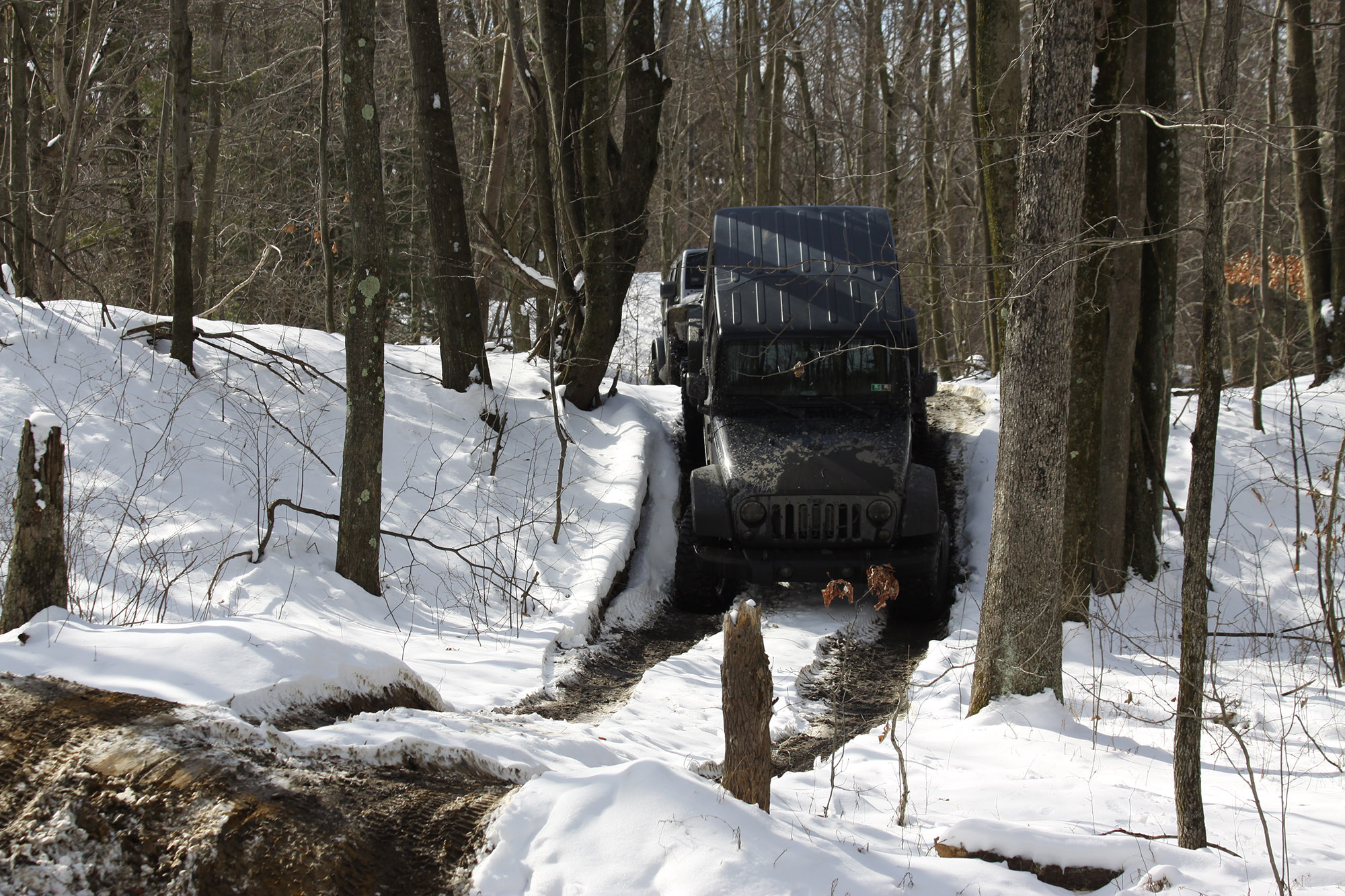
“You need to be able to be self-sufficient,” Buchter said. “Make sure that you can get yourself out of a situation, but also factor in the time required to learn how to use the equipment properly from a certified trainer.”
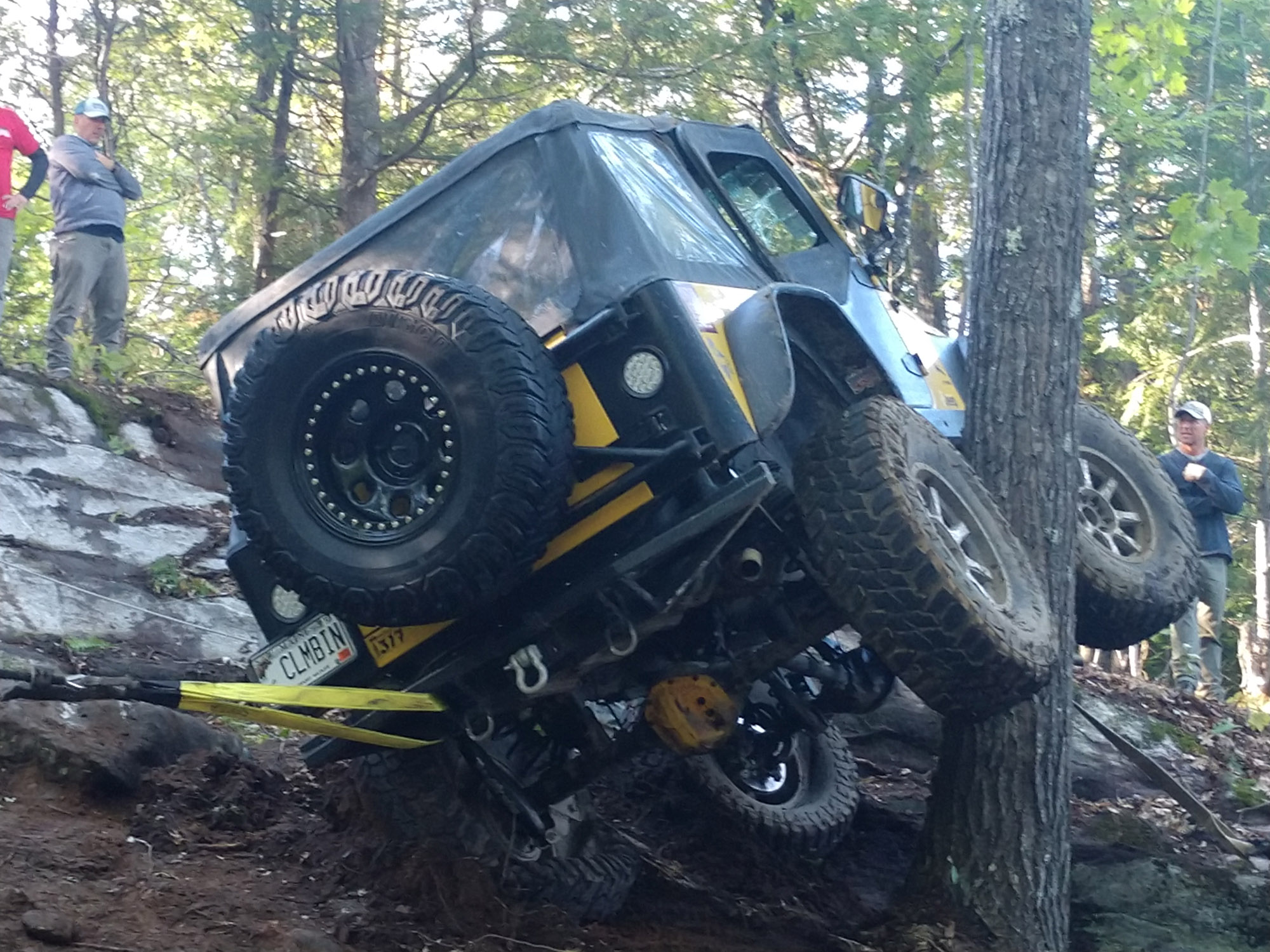
Some trail days just require all hands on deck. This particular recovery was complex, as the vehicle had rolled over down a hill. Four winches were required to get it safely back on the trail again.
Keep in mind, adding a winch does put more weight on the front of your Jeep, and additional parts are needed to make it work properly. You also need to make sure the winch has the proper pulling capacity for the vehicle on which it is installed.
Related Articles:
What Are The Best Tools For A Jeep Off-Road And Recovery Kit?












